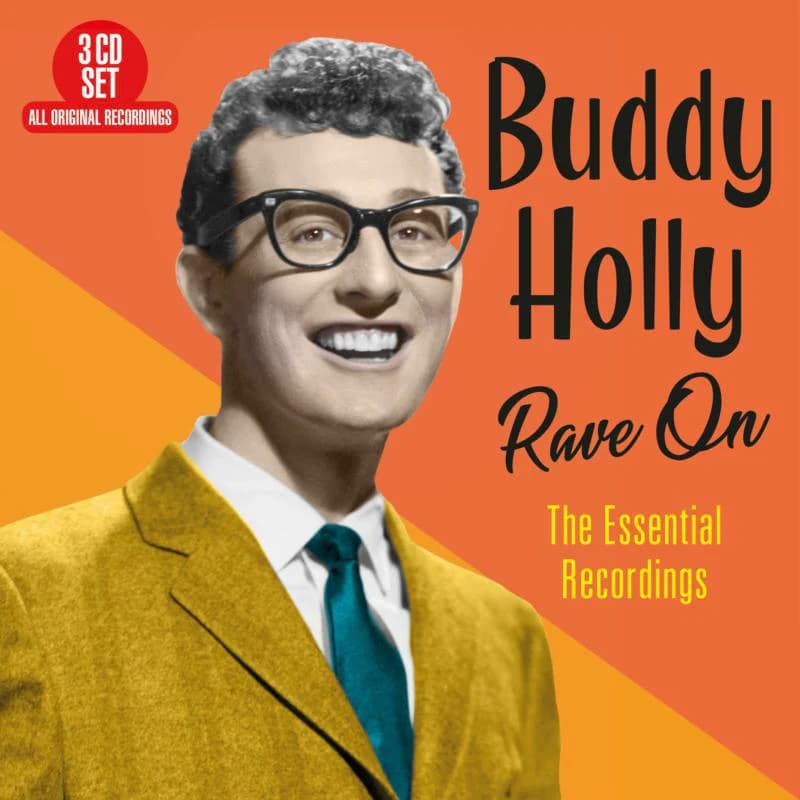
The Spark That Would Not Fade — “Rave On” and the Unbreakable Spirit of Early Rock ’n’ Roll
When Buddy Holly released “Rave On” in 1958, rock ’n’ roll was still a language being invented — and Holly was one of its most eloquent poets. The song appeared on his self-titled album, Buddy Holly, issued in the United States in February 1958, and it would soon become one of his most enduring anthems. Written by Sonny West, Bill Tilghman, and Norman Petty, “Rave On” reached No. 37 on the Billboard Hot 100 and climbed even higher in the U.K., where Holly’s music had already begun to ignite a generation that would later give birth to the Beatles and the Stones. In a catalog rich with charm and rhythm, “Rave On” stood out not only as a hit — but as a statement of youthful defiance and joy.
The song bursts open with that unmistakable hiccup in Holly’s voice — a stuttering thrill that would come to define his style. There’s an urgency in his delivery, as though he’s racing against time itself to capture a feeling before it vanishes. The phrase “rave on” is more than just an exhortation to dance or celebrate; it is a manifesto for life in motion. To “rave on” was to refuse stillness, to defy the slow fade of conformity. In the late 1950s, when popular music still leaned toward polished crooners and orchestral ballads, Holly’s lean, jangling sound — driven by the Crickets’ crisp guitar lines and propulsive rhythm — felt electric, untamed, and deeply human.
Musically, “Rave On” is deceptively simple: two minutes of pulsing rhythm and exuberant phrasing. Yet in that brevity lies its brilliance. Holly and his producer, Norman Petty, mastered the art of economy — trimming away excess until only the heartbeat of rock remained. Every snare hit, every vocal break, every echo-laced guitar chord works in perfect balance, creating a sound both raw and precise. It is the sound of a band that knows the power of restraint, of giving energy just enough room to breathe.
Lyrically, the song captures the euphoria of love at its most immediate — that dizzying sensation when emotion overflows into rhythm. “Rave on, it’s a crazy feeling,” Holly sings, and in those few words he distills what would later become the lifeblood of rock: the sense that love and rebellion spring from the same pulse. Holly’s voice, equal parts innocence and fire, bridges the gap between the country roots of his upbringing and the youthful rebellion that rock ’n’ roll promised.
More than six decades later, “Rave On” remains a time capsule of pure vitality — a reminder of when music first learned to move faster than the world could keep up. It carries the DNA of everything that came after, from the jangly Merseybeat sound to punk’s stripped-down intensity. When Buddy Holly sang “Rave On,” he wasn’t just performing a song — he was leaving behind a declaration: that passion, sincerity, and rhythm could change everything. And though his life ended far too soon, that declaration still echoes, eternal as the beat that began it.